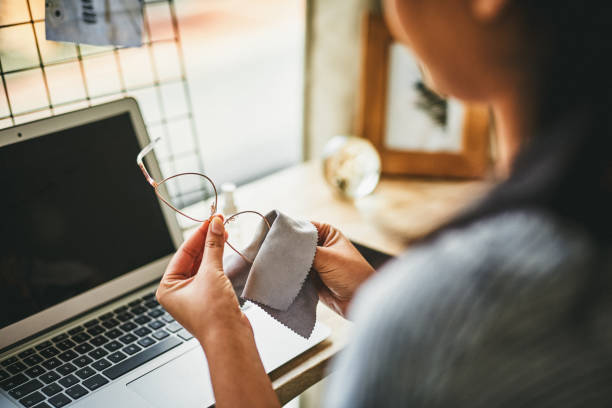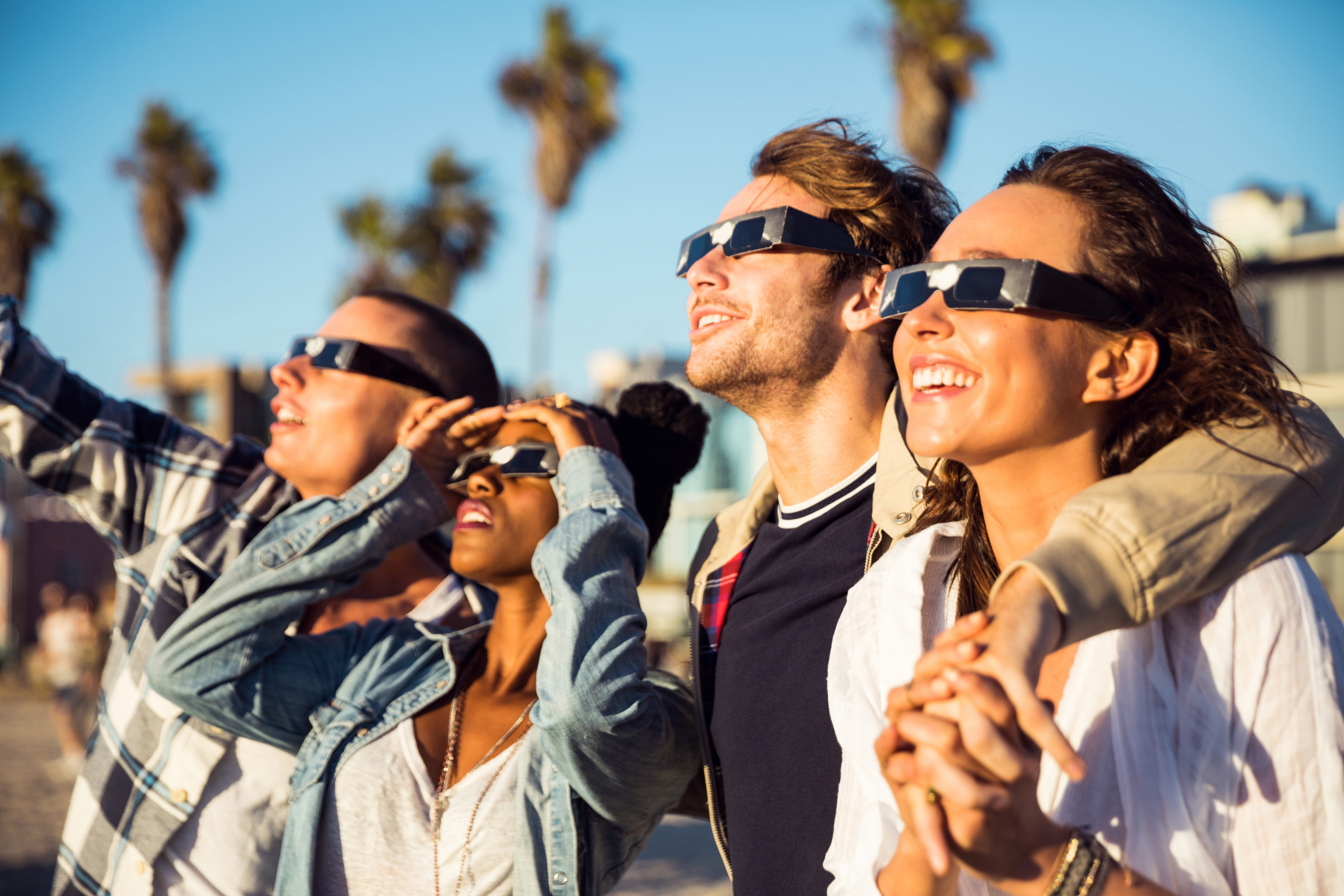Laureano Álvarez, ophthalmologist: "Lousy sunglasses are very harmful because they create shadows without an ultraviolet filter."

Wearing sunglasses is a common summer precaution, but not all of them provide protection. Ophthalmologist Laureano Álvarez warns that low-quality sunglasses that don't filter ultraviolet (UV) radiation can be more dangerous than helpful , because they create shade—causing the pupil to dilate—and, without UV filters, allow more radiation into the eye.
What the evidence says and why it matters This isn't just a rhetorical warning: laboratory studies have shown that dark lenses without UV protection can expose the eyeball more.
Tests using dummies and pairs of inexpensive glasses found that, even though the lenses blocked a large portion of the visible light, in many conditions up to 14.1% of the incident radiation reached the eye area ; if the glasses were held away from the forehead, the incoming fraction ranged from 3.7% to 44.8%. This increase is explained by the fact that the shadow they create dilates the pupil and facilitates the entry of radiation when there is no adequate filtering.
In turn, scientific literature links cumulative exposure to UV radiation with processes that promote the early onset of cataracts and macular damage. Biochemical research shows that UVA radiation can oxidize lens compounds— for example, vitamin C (ascorbate)—and lead to protein modifications that promote lens aging and cataract formation.
Are cheap glasses effective? Studies and laboratory tests Recent tests by various groups have found shortcomings in several affordable models: some lenses fail to maintain protection even after accelerated aging or simply fail to meet adequate blocking levels according to standards. Laboratory test reports and market analyses warn that not everything that claims "100% protection" on the label corresponds to real-life measurements.
What to look for when buying sunglasses? Clear label: “99–100% UVA/UVB” or “UV400” . These labels mean the lenses block most ultraviolet radiation (wavelengths up to 400 nm). Don’t rely on the darkness of the lens alone: tint does not provide UV protection.

Prefer brands or distributors that display a clear certificate or label. Photo: iStock
Try on or have your glasses tested at an optician . Many opticians can measure the protection with a photometer in just a few seconds; asking for a test avoids any surprises.
Fit and Coverage . Large or wraparound glasses reduce lateral radiation entry. Small frames or frames set too far back from the face allow light to pass through from the sides, even if the lens is filtered. Exposure studies show that frame geometry and position significantly influence the dose received.
Don't confuse polarization with UV protection. Polarization reduces glare and improves visual comfort, but it doesn't guarantee UV protection on its own; ask for both features if you need them.

Remember that wearing glasses does not replace other measures. Photo: iStock
If you have doubts about a cheap pair, take it to an optician for a fitting— it's quick and usually free.
Choose brands or retailers that display a certificate or clear label (UV400 / 100% UVA+UVB) and offer warranties. Purchasing from opticians reduces the risk of non-compliant parts.
Remember that wearing glasses does not replace other measures: a wide-brimmed hat and avoiding intense sun exposure during peak hours help reduce the radiation that reaches the eyes.
MORE NEWS: DANNA VALERIA FIGUEROA RUEDA
DIGITAL REACH EDITORIAL
eltiempo




